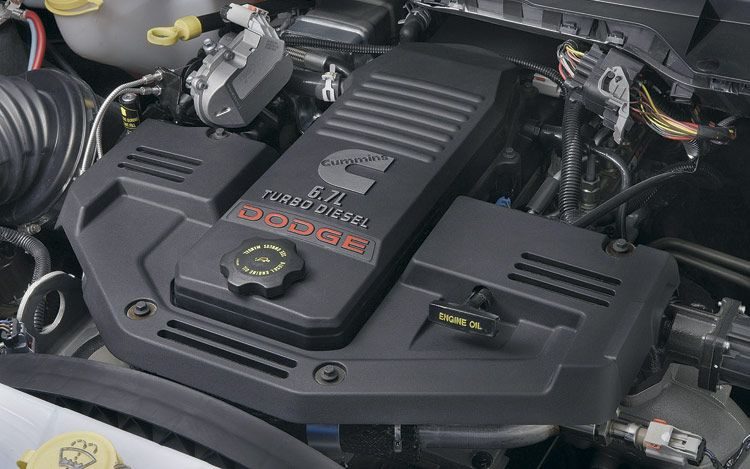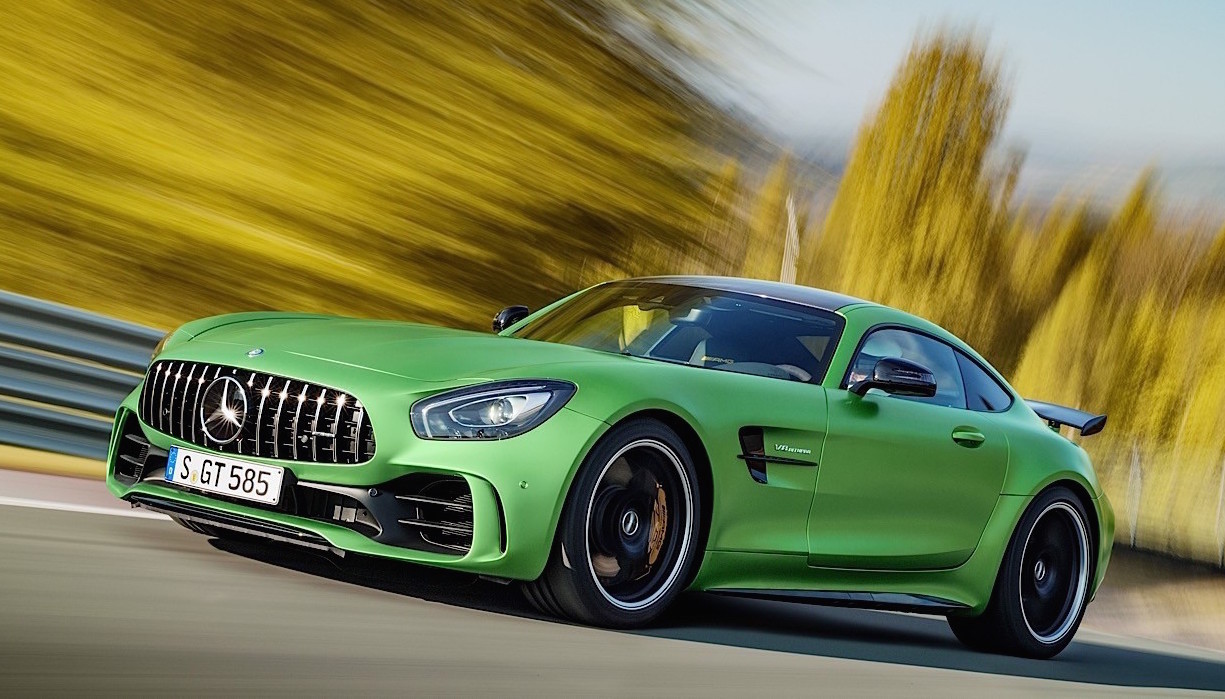The straight six engine is the most harmonically balanced configuration available. In recent times, it has been superseded by the V6, which is shorter and easier to package, especially in front-wheel drive applications. The inline six usually has a distinctive and lusty engine note, particularly in sporty applications.
With Ford’s Australian ‘Barra’ inline six dying in a few months, BMW will be the sole custodian of passenger straight sixes, but not for long. Mercedes-Benz and Jaguar are very soon returning to the layout after now finding economy of scale is possible with this configuration. We can only hope many others follow suit as well. Here are 10 of our favourites. Tell us what you think in the comments and if your favourite missed out.
[do_widget id=custom_html-9]
BMW E46 M3 CSL S54
The ultimate naturally aspirated BMW straight six, this has to be the E46 M3’s S54. With a shrieking 8000rpm redline, six individual throttle bodies, and a trick carbon fibre intake manifold, the result was 265kW and 370Nm. It could dip below 5.0 seconds for the 0-100km/h sprint. Only 1400 were ever made.
TVR Tuscan Speed 6
Built from 1999-2006, with capacities varying from 2.6-4.2 litres, the Tuscan featured a bespoke straight six engine, which will be missed in the revived TVR set for unveiling later this month. Some models were even capable of 0-100km/h in 3.7 seconds thanks to 328kW and 475Nm.
Ford Falcon ‘Barra’ Turbo
Ford Australia has evolved the Falcon’s straight six over the decades, since 1960, retaining the same bore spacings. Over the years it has seen LPG variants, alloy heads, a switch to overhead cam and finally double overhead cam and even turbocharging. All culminating in the ultimate 325kW/576Nm (370kW/650Nm on transient overboost) with the XR6 Sprint. It is a very stout engine, up there with the 2JZ and Nissan RB for durability, and it will be sorely missed.
Jaguar XK120
In 1948, Sir William Lyons introduced a twin-cam, 3.4-litre twin-carbied roadster with 119kW, capable of 120mph (193km/h) – hence the name. This was in 1948. Just let that sink in for a moment. That’s why it’s in our top 10.
Hudson Hornet
Introduced in the 1950s to compete in NASCAR, the Hornet featured a 5.0L twin H-power engine. It used a combination of valve-in-block flathead technology and overhead valve pushrod. 127kW and 373Nm were pretty heady figures back in those times, and helped propel the sedan to 180km/h.
Toyota 2JZ
The 3.0-litre 2JZ, as featured in the last Supra and some Lexus models, is famous for having such strong internals that many say it can handle up to 1000hp (746kW) with factory hardware. In stock form, the last Supra Turbo managed 0-96km/h in 4.6 seconds and a 285km/h top speed. Seriously fast, which is why many are clamouring for the successor due in a few years.
Nissan RB-series
The powerplant of the legendary Skyline GT-R as well as many Holden VL Commodores is also renowned for being very strong, component-wise. It’s said to handle up to 500kW with the stock crank. Some have even found their way into factory Patrols, and, controversially, a Ford Mustang in The Fast and the Furious: Tokyo Drift.
Holden Torana XU-1
This is the car which put Peter Brock on the podium for the first time, and finally ended Ford’s GTHO dominance. With a triple-Stromberg-carbed version of the 186 Holden motor, it spat out 120kW, which was enough to make it a serious force in motor racing.
Charger E49
Definitely one of Australia’s finest ever engines, the Charger E49 motor (E48 shown), based on the 265 HEMI slant six, featured triple Weber carbs tuned by the same engineers who worked on Ferrari supercars in Italy. It generated 225kW. Although it never won Bathurst outright, the Charger E49 is regarded as one of the most desirable cars ever made here.
Dodge Ram 6.7L Cummins
This earth-shattering powerhouse can deliver 276kW of power and 1084Nm of torque. As a result, it is capable of shifting over seven tonnes. The Dodge Ram is available through Performax Motorsports from around the $140k mark in Australia.
Honorable Mention: Guy Coulon two-stroke inline six
A two-stroke inline six deserves inclusion, just because it combines two awesome things.
[do_widget id=custom_html-14]










